
Totally Rad Cruise through the '80s
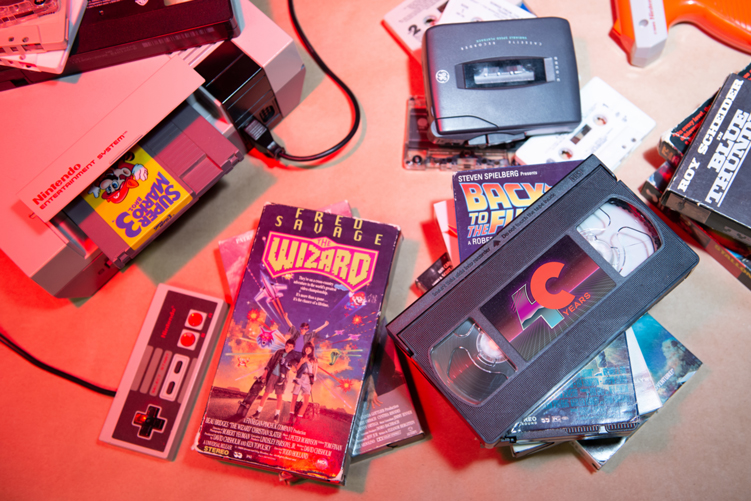
It’s 2020 and this year, CultureSpan Marketing enters its 40th year of business since starting as Laster Siegel in 1980. To mark such a special occasion, we’re getting tubular. That’s right! We’re turning back the clock and we’re not stopping ‘til we’ve reached the totally righteous time that was the 1980s. Buckle up and join us as we re-explore what this era of rad had in store for us.
The 1980s were an exciting time for Americans. Many new types of technology and forms of entertainment were emerging. Moreover, it was also a decade renown for its renewed conservatism in social, economic and political life, perfectly embodied by the Reagan administration.
Culturally, it’s regarded as a high point for materialism and consumerism… for better or worse. It brought us the infamous “yuppie” as well as numerous blockbuster movies, the emergence of cable networks like MTV, which in turn introduced music videos and launched the careers of many iconic artists, and much more.
POP CULTURE
The decade saw several technological advances that redefined home entertainment. One of the most prominent was the rise of cable television. Despite being available in the 1970s, cable is widely synonymous with the 1980s. It was a big deal for its time, as it introduced viewers of all ages to a broader selection of viewing choices: ESPN for the sports-minded, Nickelodeon’s youth-centered programming, endless re-runs of classic sitcoms for the Baby Boomers, and 24/7 news with CNN.
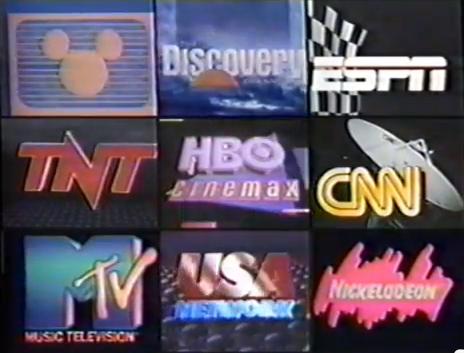
If you ask us, kids and teens got the best deal of the bargain with cable TV, thanks to the likes of animated cartoons and children’s programming. Every day after school, kids rushed home to catch the latest episodes of G.I. Joe, Transformers, Thundercats, He-Man and the Masters of the Universe and other faves of the era. Furthermore, each of these had a successful line of toys associated with them, cementing their status as surefire holiday gifts and establishing several franchises that continue to thrive to this day.
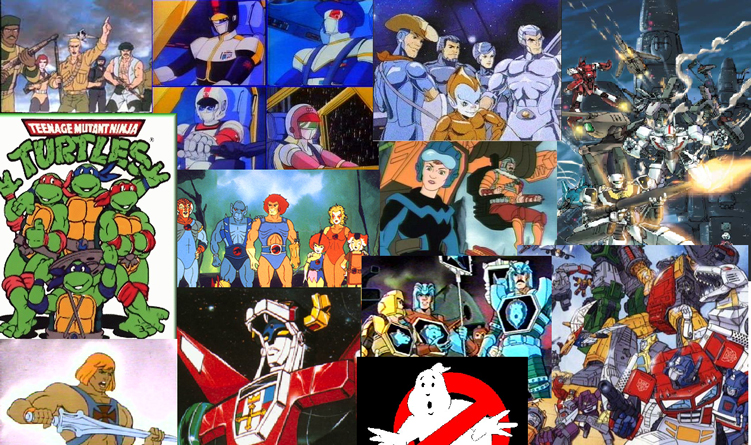
For teens and young adults, their haven was MTV. Introduced as Music Television in 1981, MTV’s emergence shook up the recording industry by broadcasting video interpretations of popular songs, prophetically beginning with 1981’s “Video Killed the Radio Star” by The Buggles. Thanks to MTV’s massive influence and appeal, artists like Madonna and Michael Jackson were able to convey their image and creativity, cementing them as musical titans and spreading fashion fads like wildfire.
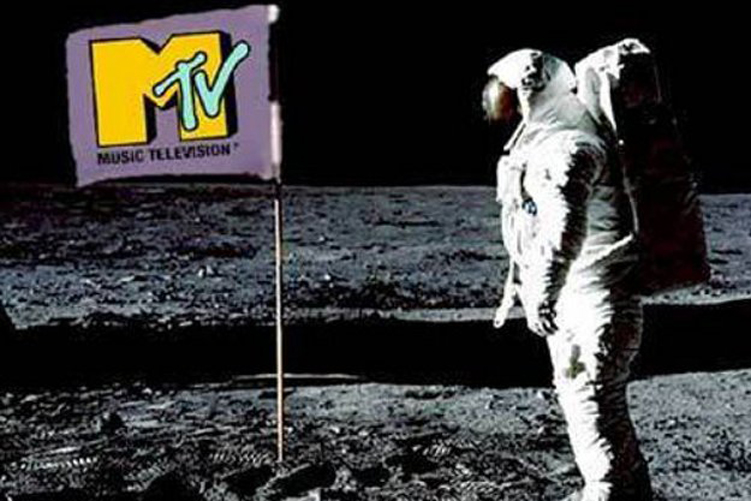
The ‘80s were an era for incredible classic movies — hits that shifted the film industry by introducing the concept of a blockbuster. Movies in this decade offered something for everyone: action aficionados were treated to gems like Indiana Jones, Commando, Predator, and Die Hard while sentimental folks got classics like Dead Poets Society, Dirty Dancing, and Rain Man. Teens and young adults were treated to The Breakfast Club, Sixteen Candles, Back to the Future and Steven Spielberg's E.T. What a time to be alive! It’s amazing to think how movies of this era not only shaped an entire generation but continue to influence many others today.
FASHION
When it comes to fashion, the 80s were a decade of bold style, colors and silhouettes, not to mention tons of permed hair. While many designers pondered whether to abandon history or borrow from it, others tried to design the future. But one thing was clear — convention was out of the question. Trends spanned from teased hair, loud makeup, and neon to ripped tights and leather as well as polished oversized blazers, shoulder pads and power suits. Truly an exceptionally flexible time.
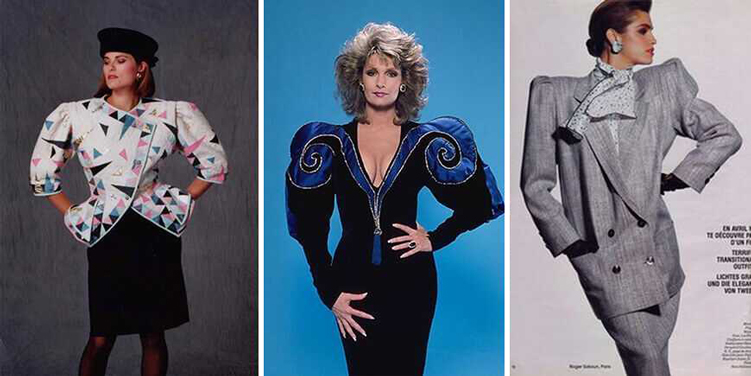
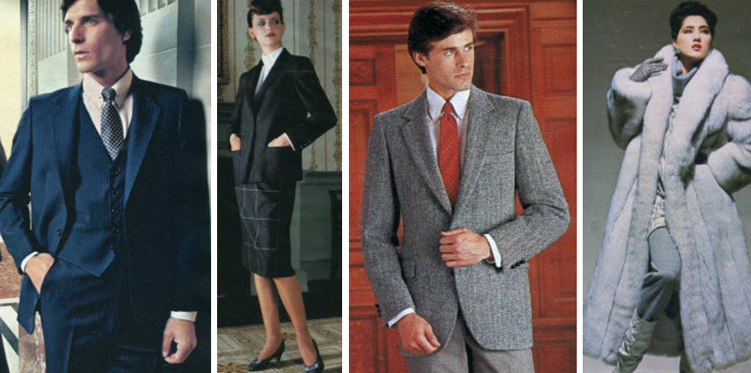
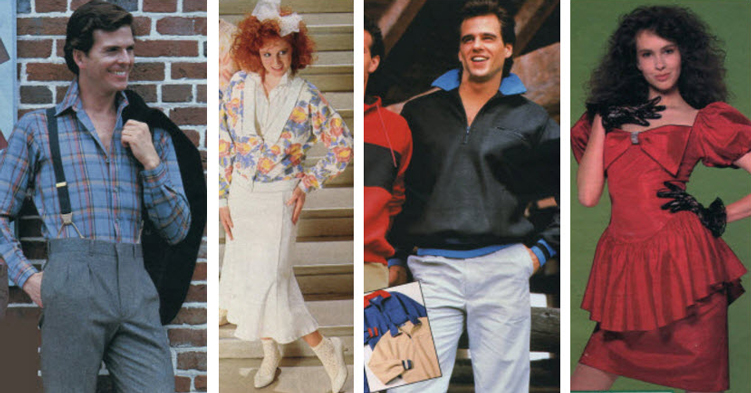
ART
The 1980s saw a generation of young artists, like Julian Schnabel, David Salle, Eric Fischl, Jean-Michel Basquiat, Keith Haring, Patrick Nagel, and Jeff Koons shaking up the art world through the eyes of Neo-expressionism and Neo-pop. Drawing from art history, the news, graffiti and pop culture, Neo-expressionism openly embraced different forms of narrative, often with psychological or erotic overtones, in addition to self-awareness and worldliness.
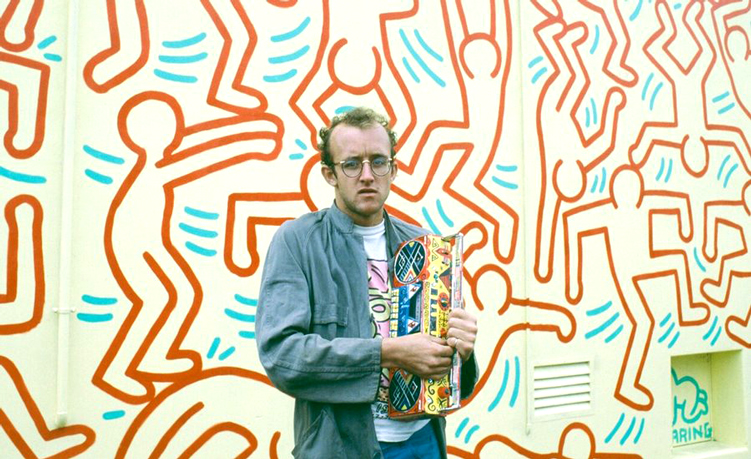
Artist Keith Haring poses in front of his mural at Collingwood College, Melbourne, Australia, 1984. Photo by Polly Borland/Getty Images.
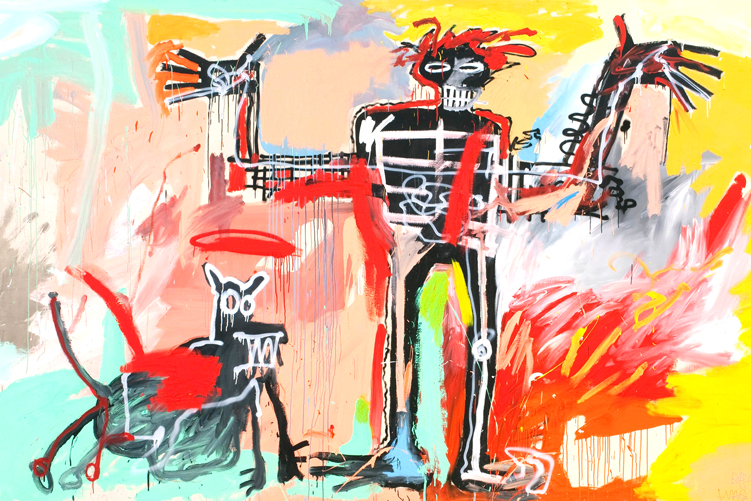
Jean-Michel Basquiat – Boy and Dog in a Johnnypump, 1982 – Courtesy of The Brant Foundation. Image via Artsy.net.
On the other hand, Neo-pop was regarded as a resurgence of Pop art. This style saw its artists follow the same vein of Pop art, meaning its artists were influenced by pop art and pop culture imagery, graffiti, and even cartoon art. Their work aimed to demonstrate that popular culture, consumer society, and art were on an equal level and could cohabitate in the same image.
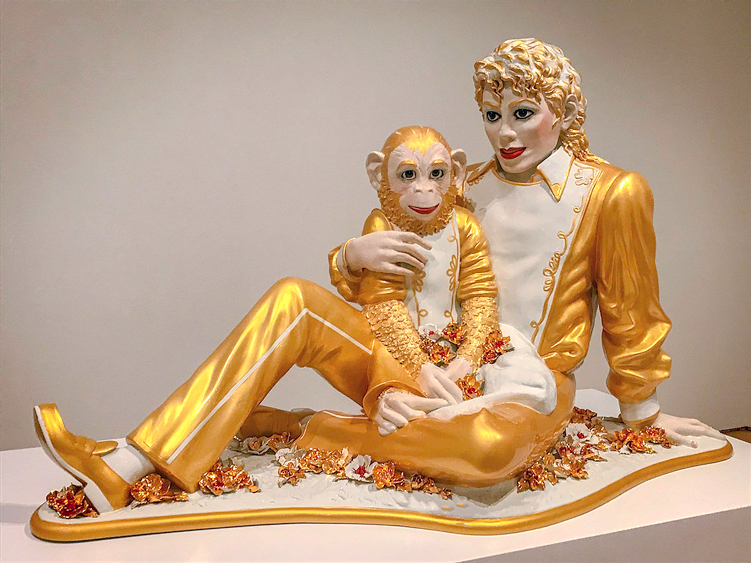
Jeff Koons – Michael Jackson and Bubbles, 1988. Photo by Evan Reader, Greatest Paka Photography. Image via Flickr.com.
Once laughed off as one of the decade’s many bad decisions, nothing quite takes you back to the ‘80s like the loud colors, squiggles, zany patterns and wacky geometry of the Memphis Style. Regarded as a brash response to modernism’s austerity, notable designers like Mies van der Rohe and Milo Baughman often opted for cheap plastic and a mishmash of shapes and colors.
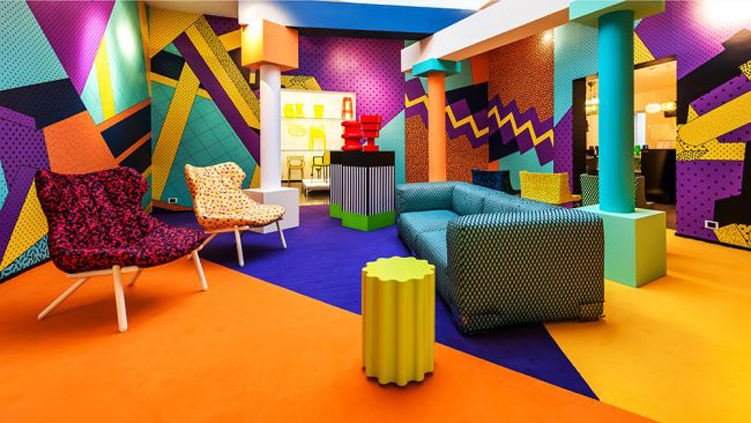
TECH
Modern life just wasn’t the same since the introduction of the personal computer. Pioneered by Apple in 1977, the personal computer allowed management of personal finances, quick word processing, and desktop publishing from the home. Crazy, right? Now businesses could manage payroll, mailing lists, and inventories from one small-ish machine. One can only imagine how advanced we’d be if smartphones existed by then.
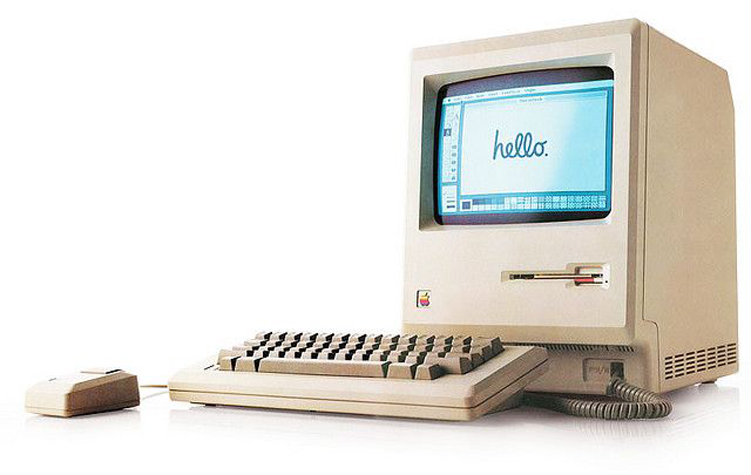
If video games were your thing, you mostly still had to go to an arcade to play one. But throughout the decade, video games started to move into peoples’ homes. The Atari 2600 was the first video game system that most families purchased. Throughout the early ‘80s, it was a staple of home entertainment. Following the crash of the video game industry, Nintendo stunned the world in 1985 by single-handedly revitalizing the video games industry with the remarkably successful launch of the Nintendo Entertainment System (NES).
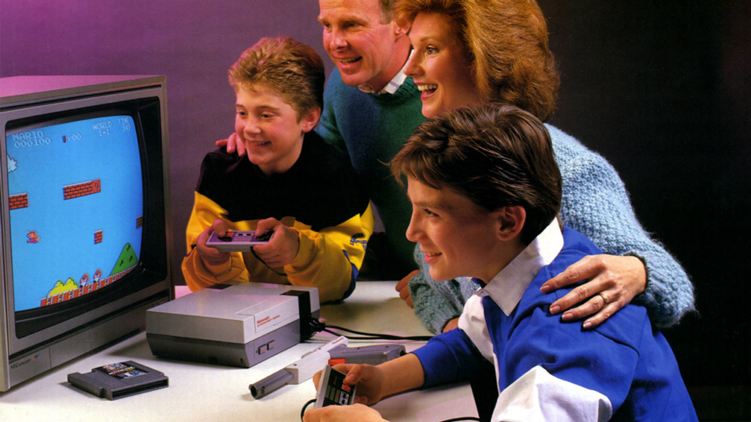
The videocassette recorder (VCR) allowed Americans to record television shows and watch them, along with feature films, according to their own schedule in the privacy of their own homes. Now you could watch the infamous cliffhanger episode of Dallas to your heart’s content!
ADVERTISING
If you talk about the 80s, you have to mention the commercials and ads. The decade was host to many memorable ad campaigns whose impact still resonates in current pop culture. A classic example is none other than Apple’s “1984” ad. Directed by Ridley Scott of Alien and Blade Runner fame, the visually stunning ad aired during the 1984 Super Bowl. It introduced the world to the Macintosh computer, boldly claiming that the actual 1984 was to be a time for tech to be used as a revolutionary tool for people to express their individuality.
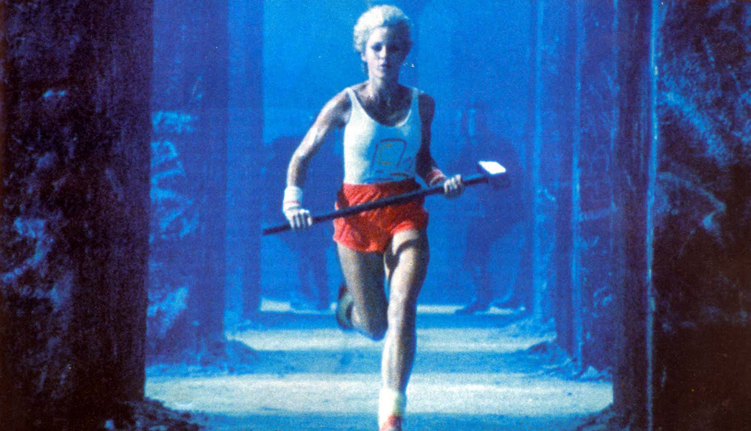
Despite having a successful start in 1981, MTV was saved by advertising a year later, thanks to its breakthrough “I Want My MTV” campaign. They aired many commercials that featured music icons like Mick Jagger, Cyndi Lauper, The Police and others frantically “encouraging” viewers to demand their cable operators access to MTV. Its success allowed MTV to continue.
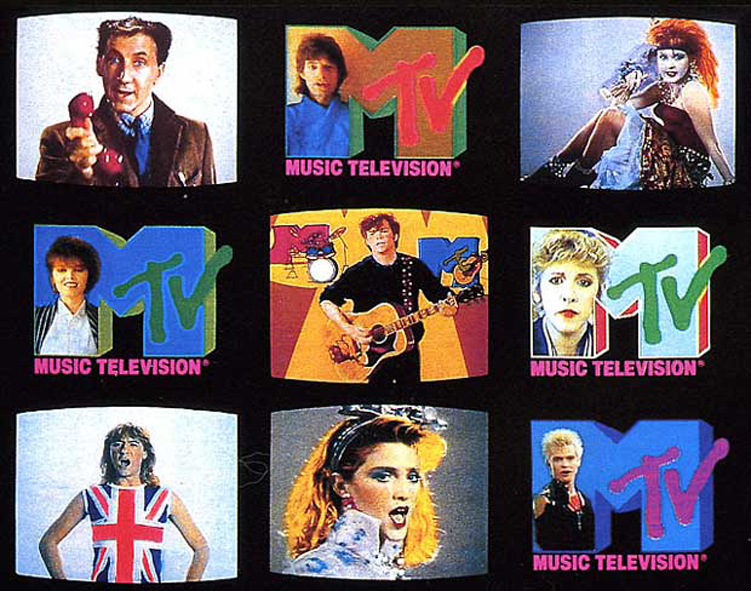
Soft drinks were having a huge moment in the 80s. For instance, Pepsi-Cola changed its slogan in the 1980s from "Pepsi Generation" to "The Choice of a New Generation" with the help of music icon Michael Jackson in one of the largest celebrity endorsement agreements in advertising history. As another direct reaction to Coke’s popularity everlasting appeal, Pepsi sought more aggressive product placement in movies. So much in fact that it led to a heavy Pepsi presence (almost like a plot point, mind you) in the Back to the Future trilogy.
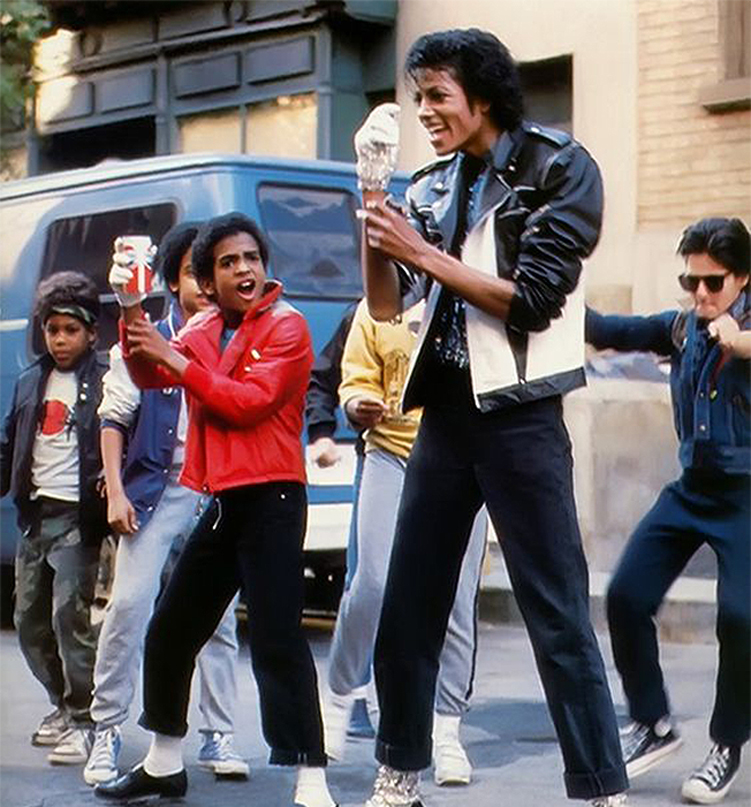
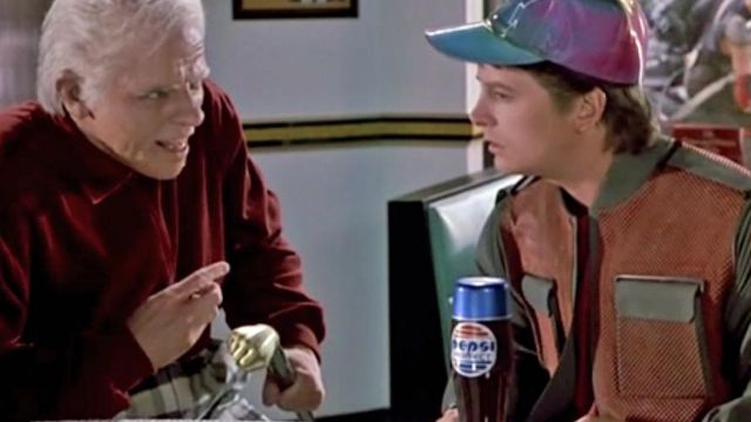
Even though product placement had existed in the previous decades, it hit the big times in the 1980s. In 1982, Hershey, the makers of Reese’s Pieces, spent 1 million dollars to have a scene where the eponymous alien eats the candy. Ray-Ban reached new heights of popularity because of 1983’s Risky Business and 1986’s Top Gun, both starring a Tom Cruise character whose pairs of sunglasses were tied to his unique brand of cool. The two films single-handedly revived the Wayfarer and Aviator sunglasses.
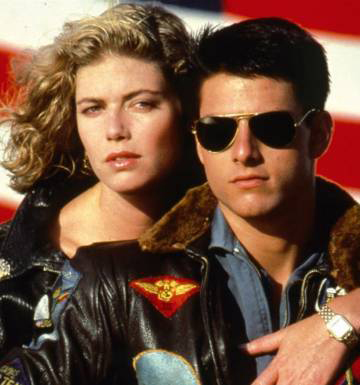
As the decade continued, product placement in movies had become almost unapologetic, thanks to infamous films like Mac and Me and The Wizard, which are widely regarded as movie-length ads for McDonald’s and Nintendo’s Super Mario Bros 3, respectively.
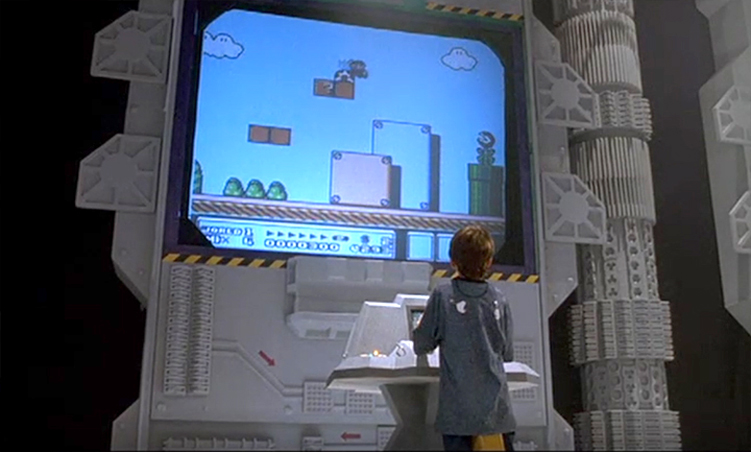
While there’s plenty of other stuff about the ‘80s that we’re dying to reminisce about, we’ve still got a lot of time to cover. Stay tuned as we leap into our decked out, time travel-ready DeLorean and revisit the gnarly period known as the ‘90s.